From Jersey to Paris: The Life, Legacy, and Last Grooves of George “Funky” Brown
Celebrating George Brown’s Journey from Kool & the Gang to Jazz in Paris
George Brown was affectionately known as George “Funky” Brown and provided drums and percussion to Kool and the Gang’s many funky forays. He co-wrote some of the band’s hits which have woven themselves into the greater musical consciousness such as “Too Hot,” Summer Madness,” “Celebration,” “Jungle Boogie,” and “Ladies Night.” Of course, his musical influence did not end with Kool and the Gang’s releases, some of his drum samples became staples on many hip-hop and pop artists, as well bringing his playing to new generations of listeners.
George was a Jersey Boy (Jersey City) who was connected with his bandmates in the early 60s, when they were originally called the Jazziacs. After a long career with the band, he published a memoir in 2022 titled, "Too Hot: Kool & the Gang & Me". George passed away at the age of 74 from cancer in November of 2023, his posthumous releases continue—most recently with Jazz in Paris (Astana Music Inc. / BFD / The Orchard), which sets aside the funkier side of his playing and focuses more on the jazz that initially brought him to music in his formative years. The album was released on April 18 and is currently available digitally though a vinyl version is in the works.
While George began production on the album, he passed before it was completed; enter George’s friend and fellow Kool & the Gang member, Curtis F. Williams (keyboards and sax) - who teamed up with Wolfgang Amadeus Aichholz to complete the project that found Claude Ismael serving as Executive Producer. Curtis Williams joins me to discuss how he took the reins on this project, how George’s relationship with Paris was a guiding light and how - even though George is no longer with us to climb behind the drum kit - his music continues to reverberate through the ages.
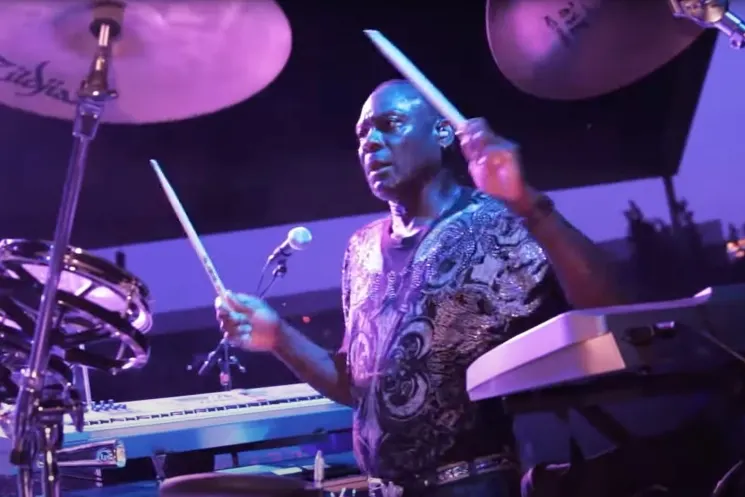
George Brown surrounded by percussion and keyboards.
Evan Toth: George Brown was the architect of some of the funkiest grooves of the '70s and '80s—“Jungle Boogie,” “Hollywood Swinging,” “Celebration.” When you were in the studio with him on Jazz in Paris, did you ever feel the weight—or maybe the freedom—of stepping outside that pop-funk legacy into straight-ahead jazz?
Curtis Williams: I’d say it was more freedom. Many times, putting together a pop/funk record, you need to utilize a formula.Staying within the boundaries of radio airplay, club play, genre, demographics, etc. George’s main musical influence was jazz. So this was a natural step creatively. And I studied at Berklee College Of Music and was immersed in bebop and swing jazz extensively, hence making this quite a refreshing and rewarding creative process.
ezt: You co-produced this album with George and Wolfgang Aichholz. Tell me about your role in producing the album, and about the delicate nature of putting together a posthumous album. Was there a moment you felt like George was guiding your hand—or maybe challenging you to go further?
cw: I have to start with the emotional aspect. George’s spirit loomed large. The music and songs had so much depth harmonically and melodically. Before beginning the co-production process, I took a listen to all the songs and it felt like walking through the jazz section of a record shop. And right away I could hear where the muted trumpets should shine, and drums, acoustic bass, horns, and piano. It all began to “sing” out to me. I did my best to honor George’s vision, creativity, and legacy. And to have his spirit smile with pride.
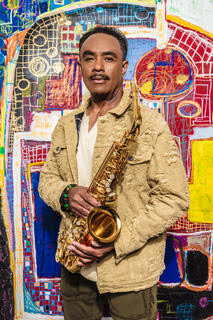
Curtis F. Williams
ezt: You’ve got modal jazz, walking basslines, muted horns… but this isn’t just a period piece. Had you ever discussed with George how you might navigate the line between homage and innovation, especially given his legacy of reinvention from the Jazziacs to Kool & The Gang?
cw: I wasn’t with George during the songwriting and creative process, but when I was presented with the unfinished material, his music ideas dictated the direction. Essentially, the discussion was in the music. I followed his map, and then did the little things that I do. Mainly, adding the organic instrumentation. A very important element was the live drums. World-renowned drummer Vinnie Colaiuta is on six cuts. Imagine, the spirit of George Brown captured through the mastery of Vinnie Colaiuta. That, in and of itself, catapults the album to a classic level.
ezt: George came up idolizing Elvin Jones, Art Blakey, Jack DeJohnette—the Mount Rushmore of jazz drummers. Where do you hear those influences most on Jazz in Paris, and where did you consciously push things further into modern territory?
cw: George actually utilized the drum setting on a keyboard for “What I Love About You”. Wolfgang told me that George played live to the track utilizing the keyboard. Distinctively George’s style was influenced by those past greats. And of course, the songs that Vinnie Colaiuta plays on. “Addicted To The Hustle” was very sparse when I first heard it. I started by adding a walking bassline to George”s original tracks, and the rest just flowed into a mix of jazzy, hip-hop with a taste of tight Kool and the Gang horn flavor.
ezt: One of the albums standout tracks is “Lisa.” That modal language, the muted trumpet, the 4/4 swing—it’s very ‘Miles in ‘59.’ How did you approach the harmonic architecture of that tune to give it both vintage flavor and fresh tension?
cw: I had access to amazing musicians. Trumpet specialist Mike Cordone is my guy. I’m not sure how his embouchure held up during the session. I had him play everything. All muted trumpet and solos, and horn parts. He did them all in one session and his solos were in one take. And then Mr. Vinnie Colaiuta himself: drummer extraordinaire. This song, among others, required this approach. Oh yeah, my piano comp under the trumpet solo. That Berklee thing! And when you hear that sweet swinging ride cymbal, you just can’t help yourself. Another cool detail is that, although we overdubbed the drums over the track, somehow we made it feel like we played together. When Mike Cordone took his trumpet solo, I actually played with him using a Nord keyboard and Wolfgang recorded us together. It truly felt like being at a jazz club.
ezt: Paris looms large in this project—not just as a place, but a symbol. As someone helping realize George’s vision, how did you musically translate the cafés, jazz clubs, and smokey romance of mid-century Paris into the language of 2025?
cw: George left the blueprint and as I’ve mentioned, adding live drums and other live instruments captured the flavor and spirit of that time. Honoring George’s vision, embracing his approach, and staying in that beautiful, creative neighborhood. The foundation was firm, but still fluid. And my extensive world travels and experiencing of many different cultures, allows me to have a sense of the past and the present.
ezt: Your own fingerprints are on this album—where would you say you made the most personal mark? Was there a moment where your voice as a musician intertwined with George’s in a way that surprised you?
cw: Clearly on a couple songs. “Juliette” is such a beautiful piece. But George’s piano was incomplete, yet deeply expressive. Instead of me trying to replace it, Wolfgang and I decided to have me finish his idea. My approach was to play the piano as close to George”s style and hopefully make it a seamless transition. Then I added keyboard strings to give it an orchestrated flavor.
“Addicted To The Hustle”: Admittedly, on first listen, it didn’t speak to me. I originally suggested replacing it. One might wonder, how could that be? There was so little to the original track, I couldn’t hear any ideas for it. Executive Producer, Claude Ismael, and Co-Producer/Engineer, Wolfgang Aichholz, encouraged me to look deeper into George”s spirit and vision and pretty much “figure it out”, adding a walking acoustic bassline, synonymous with swing jazz which got me going with ideas. Needless to say, I’m extremely happy with the outcome. And I believe George is smiling about it.
ezt: Can you share some sonic details about the studio? What tracks did you have of George’s to start with? What was that process?
cw: Although we record digitally, using ProTools and Logic Pro, the studio has a vintage analog mixing console. Which adds the analog depth and warmth to the tracks.
The very first process for me was to listen, along with Wolfgang, to all 11 songs and notate what we felt was needed. Mainly live instrumentation initially and to also determine arrangement ideas such as, where solos might land and possible edits here and there, etc.
ezt: Who mastered and mixed the album? Where was it pressed?
cw: It was mastered at Lurssen Mastering Studios in LA and brilliantly mixed by Wolfgang Aichholz. Wolfgang truly captured the sonic mood of Cafe style 50’s jazz and has it sounding like a classic album. He did an amazing job.
George Brown brings four to the floor in this early 80s dance classic.
ezt: You’ve now helped complete the final musical statement of a man whose grooves have literally shaped American pop culture. What’s the one thing about George Brown—his artistry, his soul, his process—that people still don’t quite understand, but Jazz in Paris might finally reveal?
cw: His is a profound and prolific mind. Spiritually and creatively. The harmonic and melodic textures of this album will touch the music minds, but also reach those that just love music. He plunges to musical depths that will impress, enlighten, and titillate. Here you have a man who helped co-found one of the music industry's most iconic soul/pop/funk bands. A band that, ironically, first called itself “The Jazziacs”...and now he presents to the world, Jazz In Paris. What an amazing circle of life!






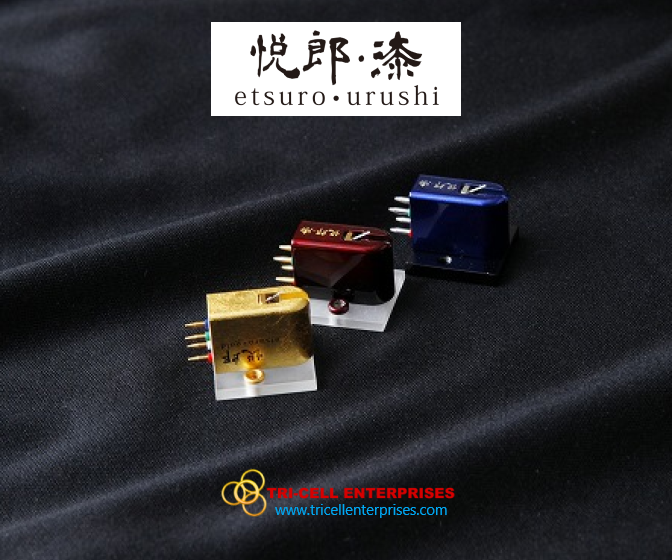
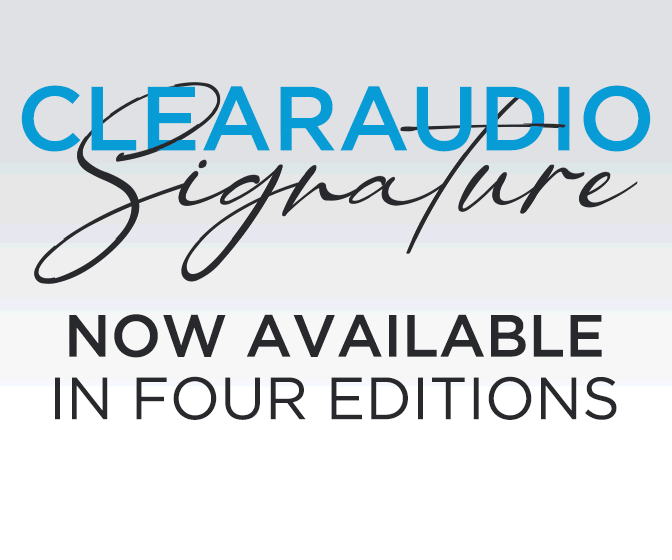

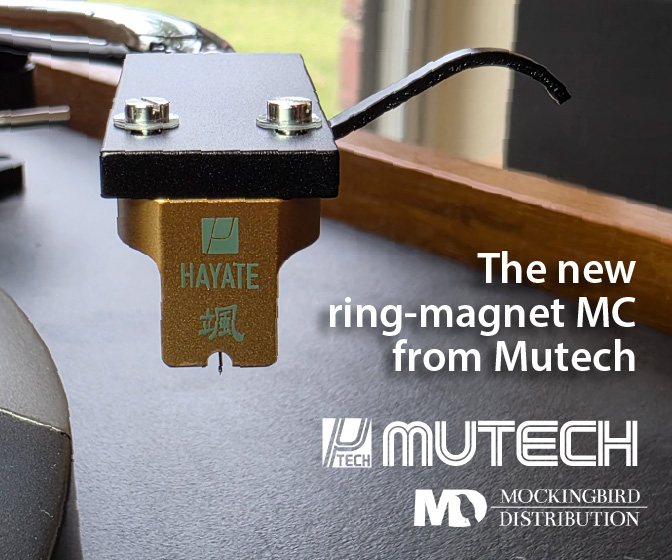
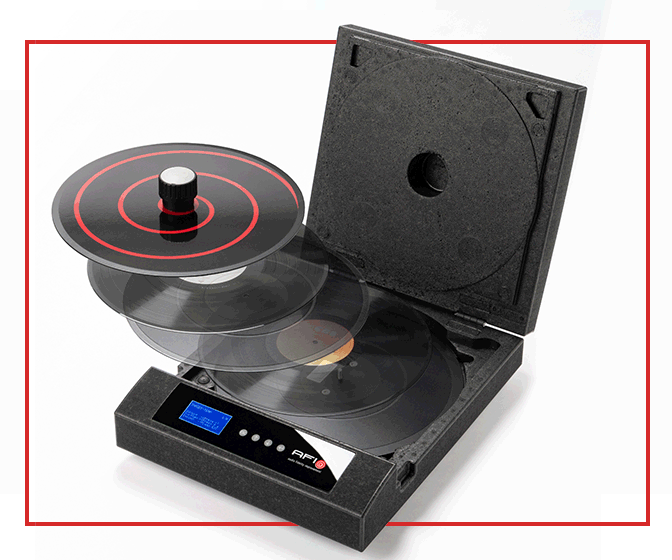

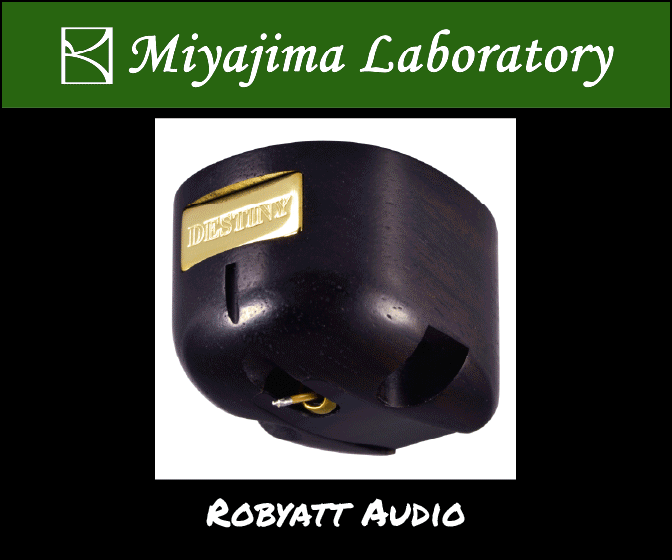
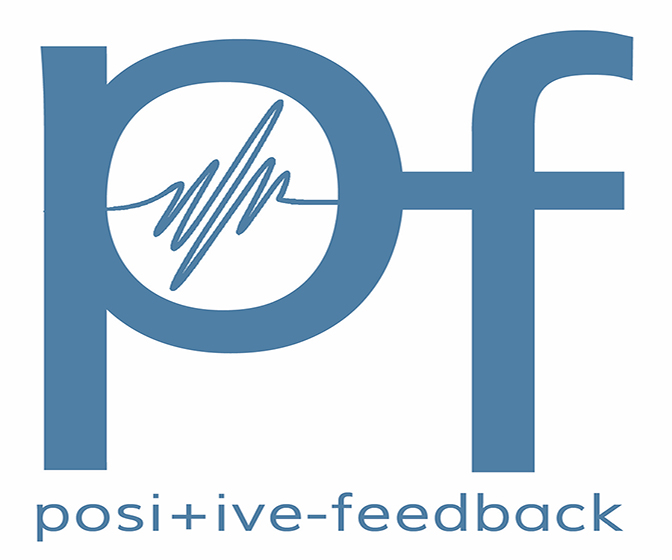




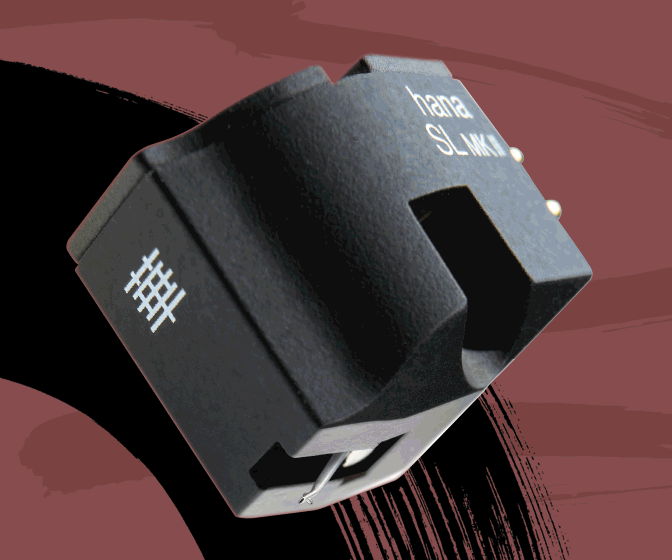
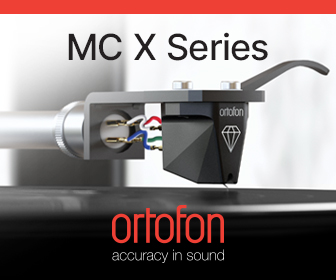
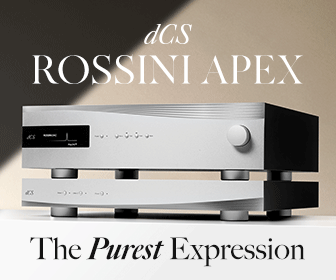
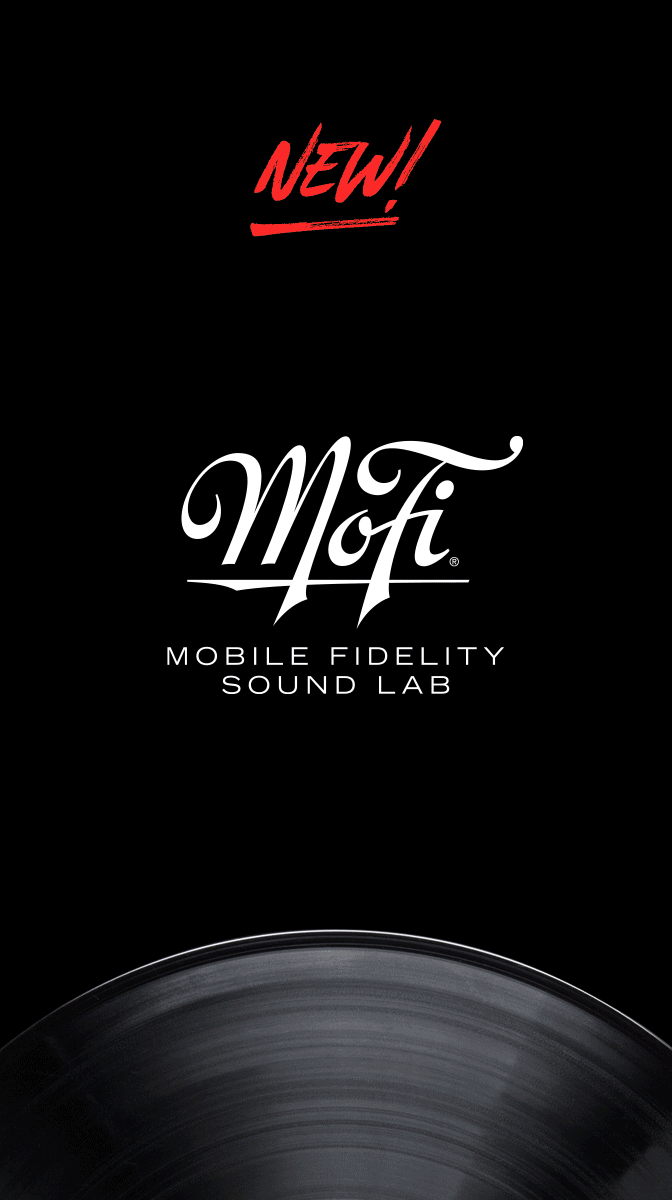


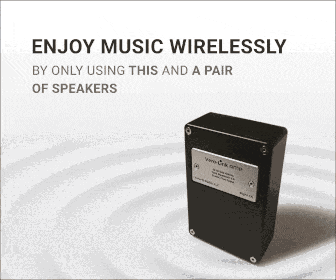
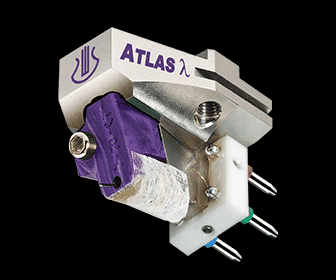

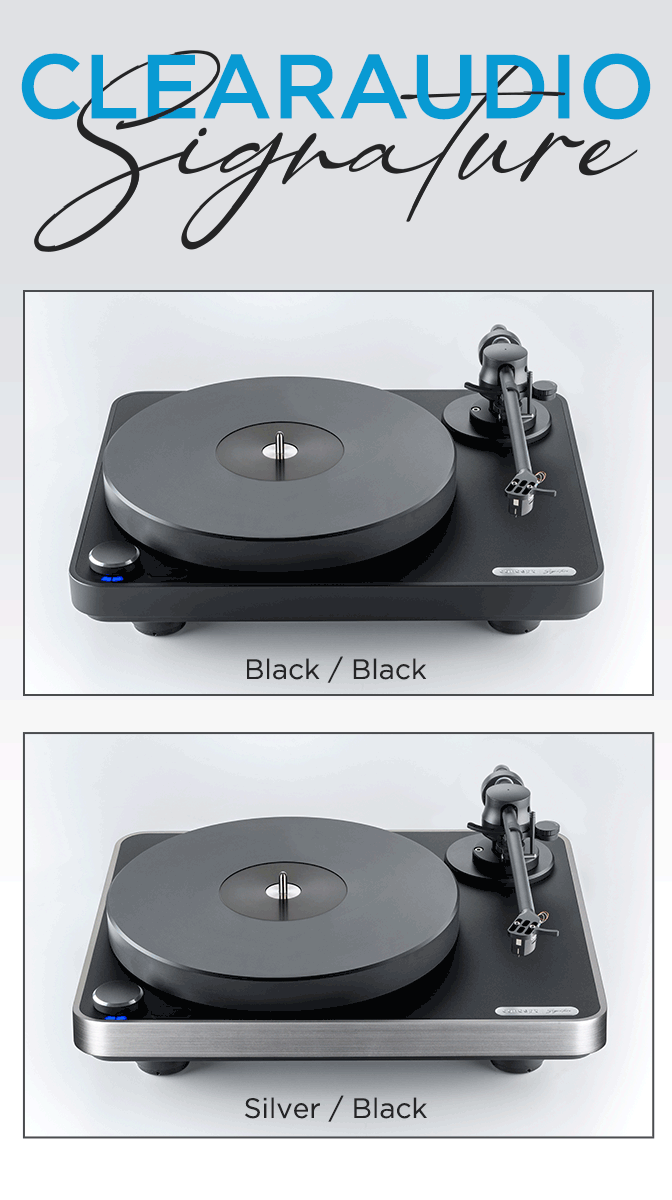
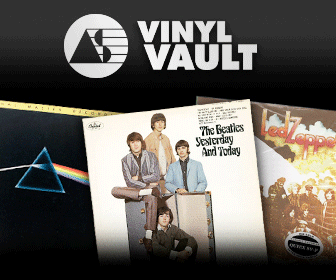

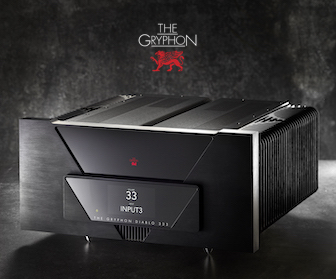
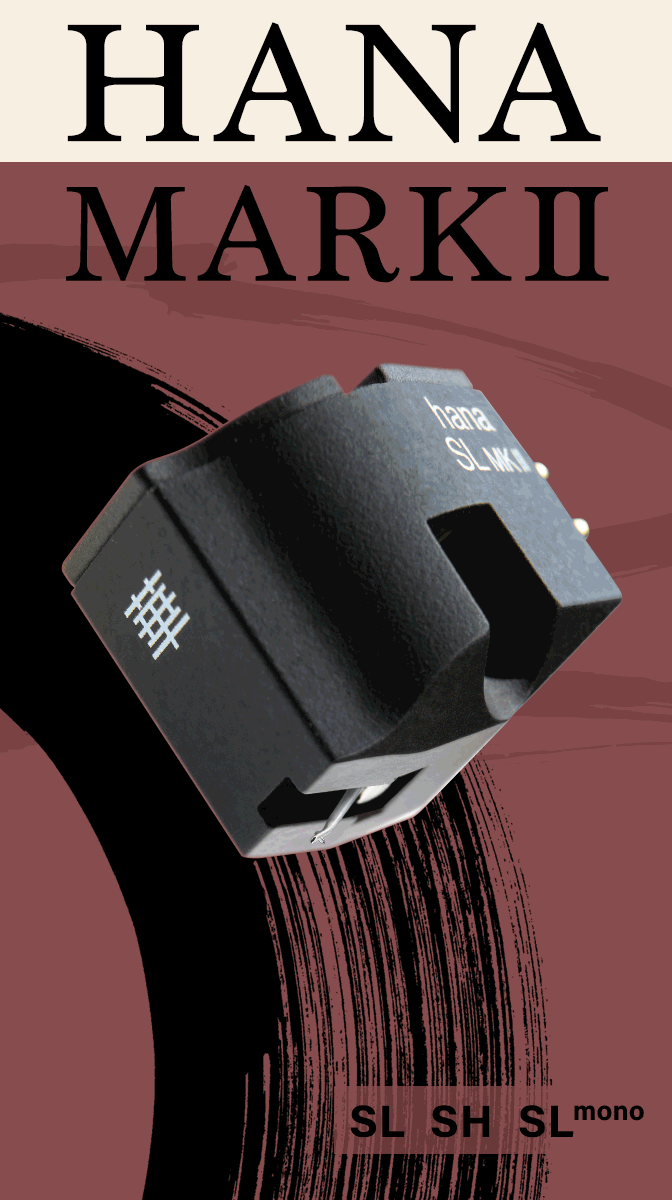


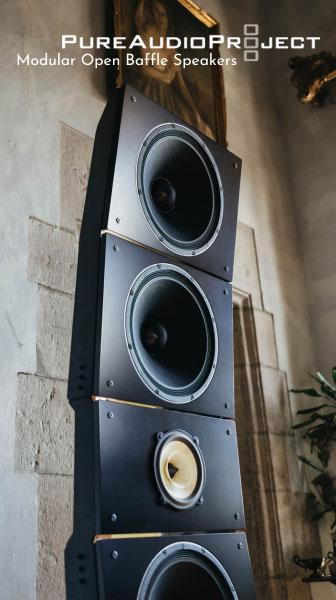






.png)








